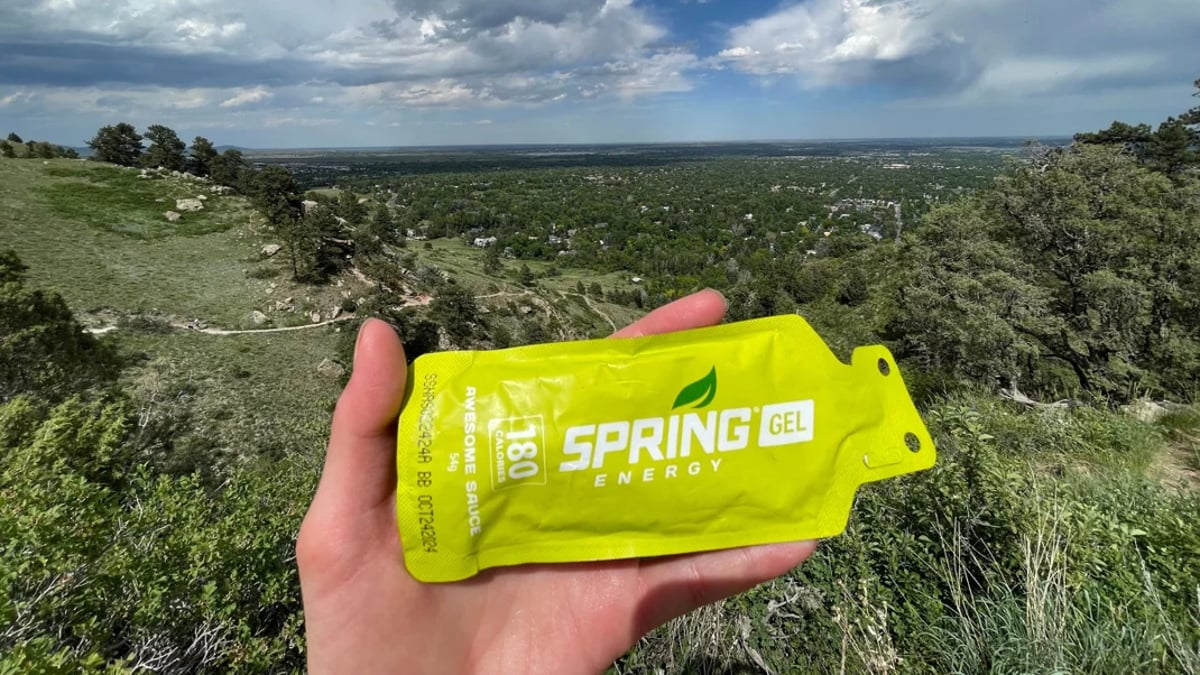America isn’t exactly known for having the highest standards when it comes to labelling food, but even in the United States, you can’t just outright lie about dietary information on the packaging. Yet, it appears that’s what energy gel company Spring Energy has been doing.
The gels are famous for being marketed as made from “real foods,” targeting athletes who want peak performance without the body stress and damage that excessive caffeine and sugar consumption can cause. Spring Energy claims their gels are made with fruit and rice, and until recently they were a darling of the fitness community. However, that all began changing in 2021, and in recent weeks the tide has really turned.
It began three years ago, when the company released a gel named “Awesome Sauce” in collaboration with famous runners Megan and David Roche. Spring claimed the gel delivered 180 calories per packet, which was a larger amount than most would have ever believed.
As it turns out, anybody who was sceptical was right to have been, with a number of third-party lab tests confirming the well marketed Awesome Sauce contained far fewer calories than advertised.
Although the Reddit community’s sleuthing isn’t always a good thing (who remembers the Boston Bomber incident?), runners on “The Front Page of the Internet” began discussing their doubts on the famous website late last year. This came to a head when a user called sriirachamayo (real name Liza Ershova) posted a thread in which she discussed the results of an alleged test she ran in an “environmental chemistry lab.” She concluded the most calories the bar could offer was 60, a third of the amount advertised by Spring.
This was backed up by further tests, including one by the German endurance sport specialty company Sports Hunger, who discovered each packet only contained 16g of carbs instead of the 45g the company claimed. Home chefs tried to recreate the gel with the listed ingredients, and none were able to reach the gel’s supposed volume of 54g.
Last month, Ershova posted a response that Spring had sent her regarding her research. The company stated:
“Our analysis supports the accuracy of our product labeling. However, we will reevaluate to make sure our data is accurate. Although we hoped your experience with our products would have been wholly satisfactory, we recognize that individual needs can vary. Given the wide variety of options available across different brands, we are confident you will find the right product that suits your specific requirements.”
They then sent out a newsletter so subscribers claiming that their own third-party testing, which indicated that “on average” the products delivered the “designed nutrition value.” The company blamed “weaknesses in our processes and ingredients” for the discrepancies.
The raw date from Spring’s test was not made public.
